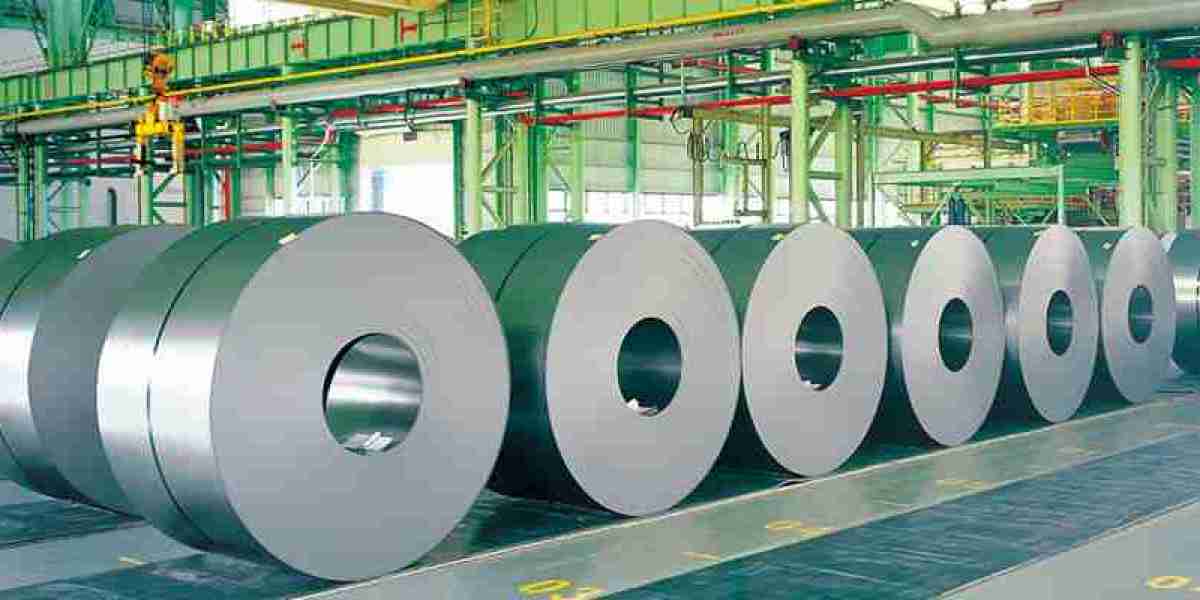The turboprop engine market has seen consistent growth over the past few years, driven by the increasing demand for regional air travel, fuel efficiency, and technological advancements. As airlines and aircraft manufacturers continue to focus on improving operational efficiency and reducing costs, the turboprop engine remains a key player in the aviation industry. This article explores the future trends of the turboprop engine market, focusing on innovation, demand drivers, and the growing role of sustainability.
Growing Demand for Regional Air Travel
One of the primary drivers behind the growth of the turboprop engine market is the rising demand for regional air travel. Turboprop engines are highly suited for short- to medium-haul flights, especially in regions with smaller airports or areas lacking large, long-runway facilities. Turboprops are also more fuel-efficient than their jet counterparts on shorter flights, making them an attractive option for airlines looking to minimize operating costs.
As economies in emerging markets continue to grow, air travel is becoming more accessible to a broader segment of the population. In many parts of Asia, Africa, and Latin America, turboprop-powered aircraft are essential for connecting remote regions to major cities. This surge in regional air travel will only intensify the demand for turboprop engines in the coming years.
Technological Advancements and Efficiency Gains
Technology plays a pivotal role in shaping the future of the turboprop engine market. Over the past decade, turboprop engines have evolved with advancements aimed at improving fuel efficiency, performance, and overall reliability. One of the key innovations is the development of advanced materials and manufacturing processes, which have reduced engine weight while enhancing durability and power.
Another significant trend is the integration of digital technologies. Modern turboprop engines are now equipped with advanced flight management systems and predictive maintenance tools that help improve operational efficiency. Real-time data monitoring allows for more accurate assessments of engine performance, enabling better maintenance schedules and reducing unexpected downtime.
Additionally, new propeller technologies, such as active blade control systems and advanced composite materials, are expected to further optimize fuel efficiency and performance. These developments are expected to enhance the appeal of turboprop engines to both commercial airlines and military operators.
Growing Focus on Sustainability
Sustainability is becoming an increasingly important focus within the aviation industry. With heightened concerns over climate change and the environmental impact of air travel, there is growing pressure to reduce the carbon footprint of aircraft. Turboprop engines, with their superior fuel efficiency on shorter routes, already offer an advantage in this area compared to traditional jet engines.
However, the industry is seeking to take sustainability a step further. Companies are investing in hybrid-electric turboprop engines, which combine traditional turboprop technology with electric power. Hybrid-electric systems are expected to significantly reduce fuel consumption and emissions, particularly on short regional flights. This innovation is still in the early stages, but it holds considerable promise for transforming the turboprop engine market and reducing aviation’s environmental impact.
Moreover, alternative fuels such as sustainable aviation fuel (SAF) are being explored for turboprop engines. SAF is a renewable fuel source derived from sustainable feedstocks, offering a significant reduction in greenhouse gas emissions. As SAF production becomes more widespread, turboprop-powered aircraft are expected to benefit from its use, contributing to cleaner, more sustainable air travel.
Military and Defense Applications
In addition to the commercial aviation sector, the military and defense industry is an important consumer of turboprop engines. Turboprop-powered aircraft are often favored by military operators due to their ability to operate from shorter, unprepared airstrips. These aircraft are versatile, offering a balance of speed, range, and payload capacity.
The increasing focus on defense modernization and the need for surveillance, transport, and combat aircraft will drive the demand for turboprop engines in military applications. Additionally, as geopolitical tensions rise and defense spending increases, the military’s need for reliable, cost-effective aircraft will continue to boost the turboprop engine market.
Competitive Landscape and Key Players
The turboprop engine market is competitive, with several key players leading the way in engine development. Companies such as Pratt & Whitney, GE Aviation, and Rolls-Royce are significant players in the market, each investing heavily in the development of new turboprop engine technologies. Partnerships between aircraft manufacturers and engine suppliers are also becoming more common, as these collaborations enable the development of optimized propulsion systems that meet both commercial and military needs.
Moreover, emerging players from regions such as China and India are expected to expand their presence in the turboprop engine market, further intensifying competition. These players are focusing on cost-effective solutions, and their ability to offer lower-priced engines could disrupt the established market leaders.
Conclusion
The future of the turboprop engine market looks promising, with continued demand driven by regional air travel, technological advancements, and a greater focus on sustainability. The push for fuel efficiency and environmental responsibility will lead to further innovations in engine design and hybrid-electric technologies. Meanwhile, the defense sector will continue to be a vital contributor to the market’s growth.
As the aviation industry embraces these trends, the turboprop engine will remain a vital part of the global aerospace ecosystem, offering fuel-efficient, cost-effective solutions for both commercial and military operators. The future of the turboprop engine market is not only about performance improvements but also about helping shape a more sustainable future for aviation.




